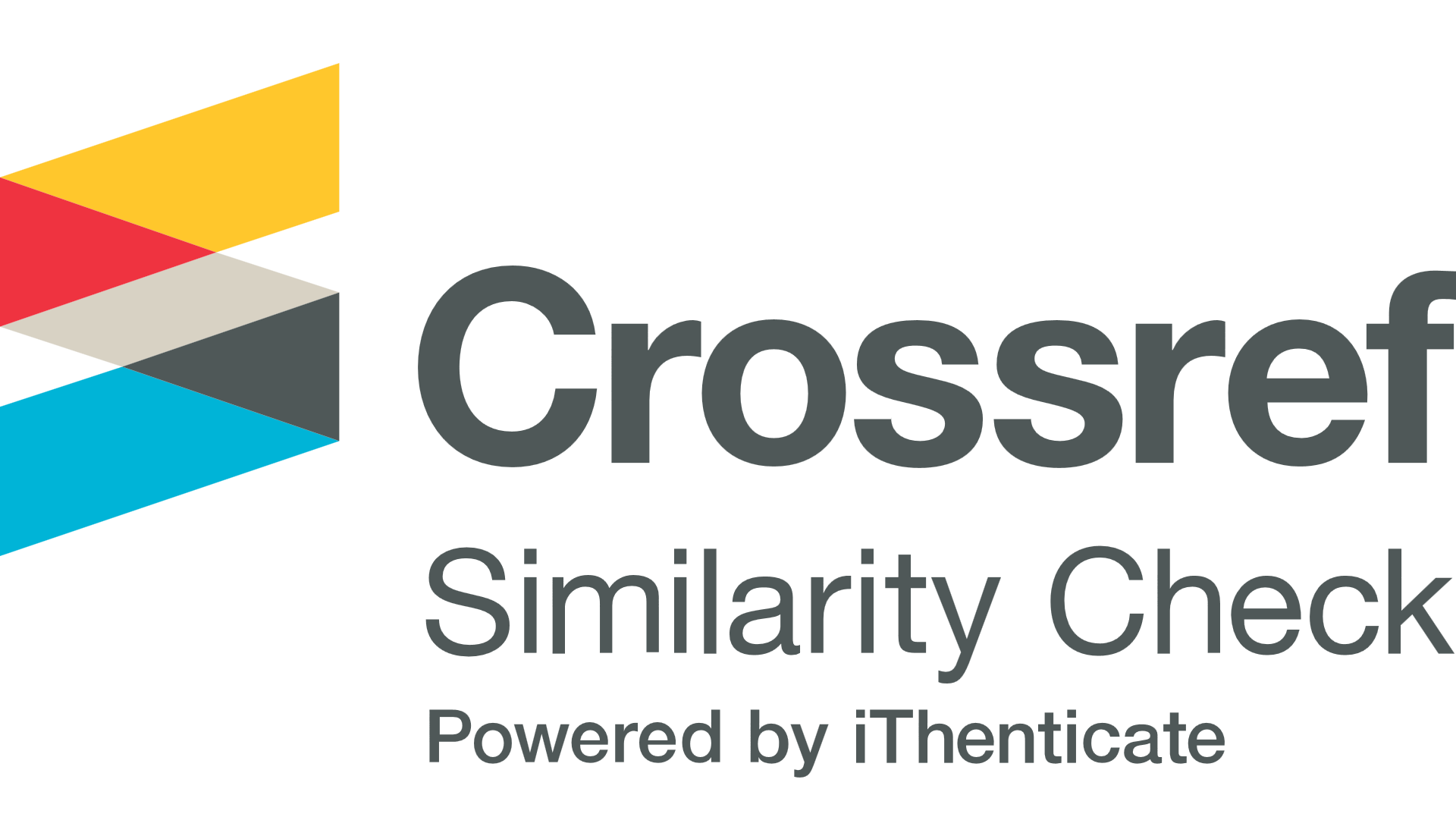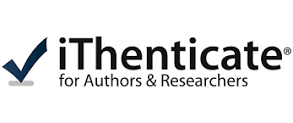Theoretical study of hydrogen adsorption on graphene nanostructures functionalized with nickel for solid state hydrogen storage
Abstract
Hydrogen adsorption and storage on nickel- activated, pure graphene and boron-doped graphene was study using density functional theory simulations based on generalized gradient approximation methods (DFT-GGA). It was found that the nickel atoms tend to clustering on the surface of pure graphene due to the high cohesive energy of nickel compared to the energy of nickel binding to the surface of pure graphene, which decrease the storage capacity of hydrogen. It was also found that the storage capacity of seven hydrogen molecules on pure and activated graphene with a nickel atom is equal to (10.2 wt.%) With an average binding energy (0.27 eV), and the storage capacity for the same number of hydrogen molecules is (11.3 wt.%) With an average binding energy (0.22 eV), This indicates that the adsorption process will take place at ambient conditions. The process of inoculating graphene-doped boron and nickel activating is an effective strategy for improving the average binding energies and the storage capacity of hydrogen molecules in the graphene nanostructures.





